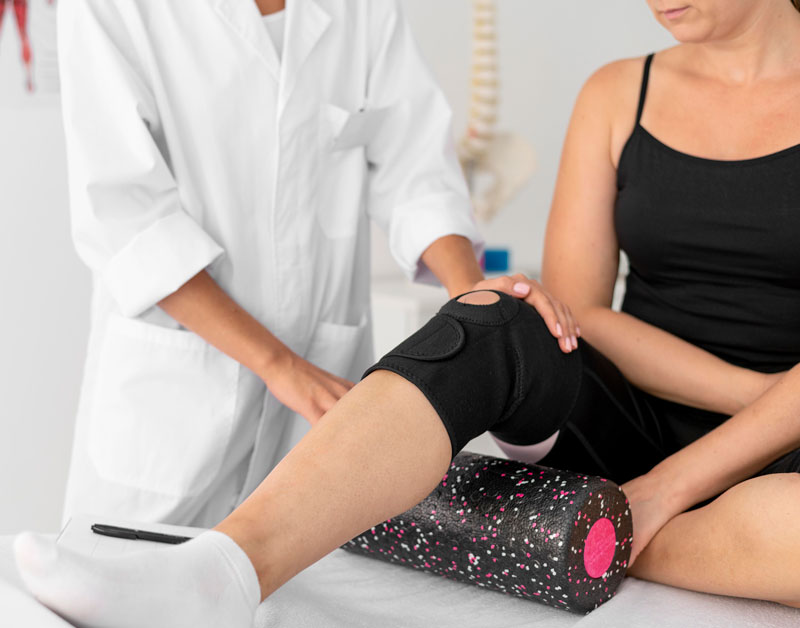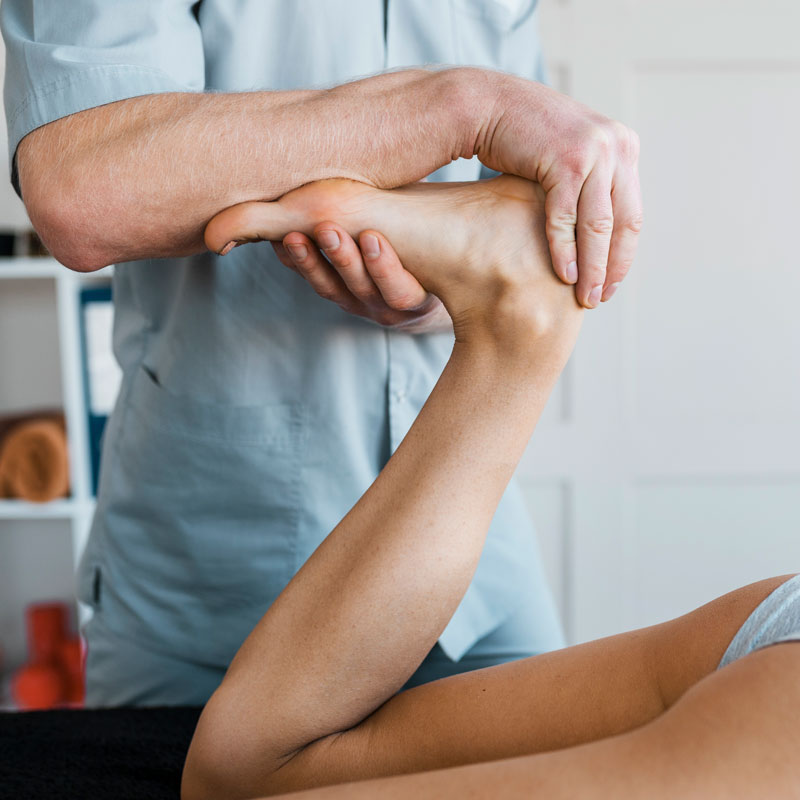
Building Strength and Stability
After your first kneecap dislocation the treatment is usually physiotherapy and no surgery is required. If you have been placed in a brace from your emergency hospital attendance you should try to remove it and get the knee moving.
Initial treatment aims to reduce pain and swelling, then start to work on knee movement to improve the range of motion. The physiotherapist will also work on your muscle strength, co-ordination and balance to try and help reduce the risk of further dislocations of your knee and also to protect your other knee from a kneecap dislocation.
Exercises given to you by your physiotherapist will work on your thigh muscles that lift the leg. They will also work on the glutei (your bottom muscles) as these help to control your leg rotation. Your core muscles (stomach and back muscles) help with balance and posture so they are important too.
The physiotherapist will also look at how you use your legs when you walk and move to make sure you are landing safely from jumps and controlling your knees well when you change direction.
How quickly you get back to sports varies from person to person and how well you are progressing with exercises. It can be quite painful to start with after a dislocation and together with your physiotherapist it is important you continue with your exercises to maintain your kneecap stability.

